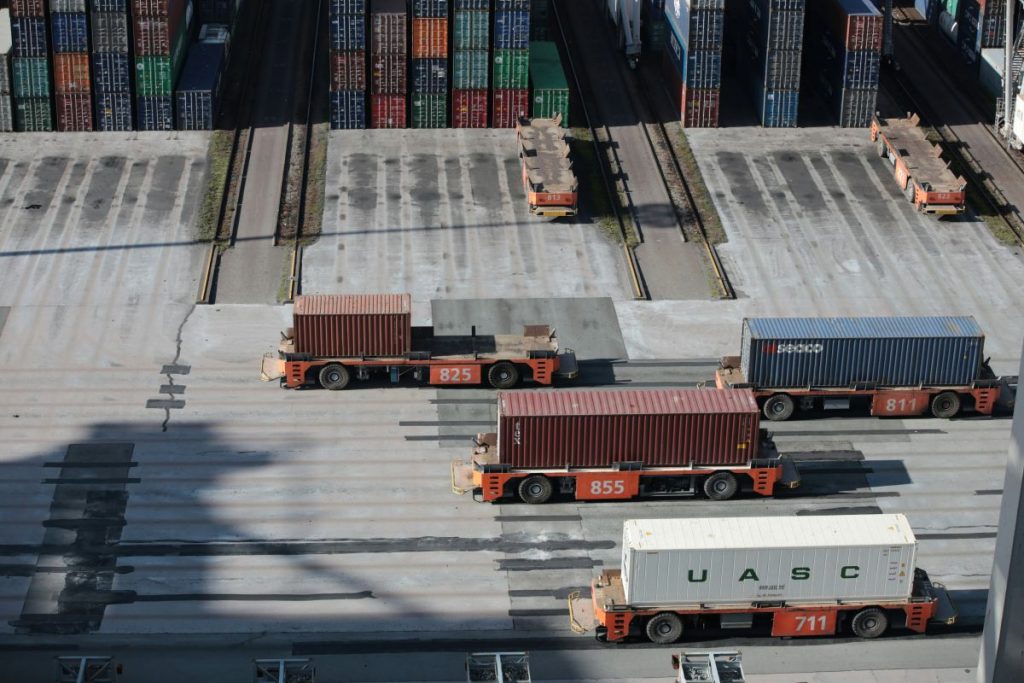Despite advances in visibility technology, mid-mile shipments remain a major blind spot, increasing risks of delays, damage, and theft.
The Gaps in Supply Chain Visibility
A new survey from Tive has revealed a critical shortfall in shipment tracking, with 37% of companies unable to monitor in-transit cargo. While first-mile and last-mile tracking have improved significantly, mid-mile shipments remain largely unaccounted for, leaving businesses vulnerable to disruptions they can’t address in real time.
Even with record adoption of IoT, AI, and electronic logging devices (ELDs), the report highlights that 60% of companies still only learn about shipment damage after delivery—or not at all. Krenar Komoni, founder and CEO of Tive, points out that simply knowing a shipment’s location is no longer enough. Without real-time condition monitoring, companies remain reactive, discovering issues too late to prevent losses.
Visibility Investments Aren’t Closing the Mid-Mile Gap
The survey underscores the continued push toward technology-driven supply chain visibility, but gaps remain. IoT adoption has climbed to 60%, up from 55% last year, yet many companies still lack the real-time data needed to mitigate shipment risks. AI-powered tools have also gained traction, with adoption jumping from 35% to 45%, helping businesses improve forecasting and inventory management. However, visibility isn’t just about efficiency—it’s also about security.
Cargo theft prevention remains a key driver for visibility investments, cited by 60% of respondents. Despite this, many businesses are still reacting to losses rather than proactively preventing them. Some are beginning to leverage visibility tools beyond just tracking, with 35% of companies using them to monitor carbon emissions and optimize routes for fuel efficiency.
The Future of Visibility Is in Prevention, Not Reaction
The challenge isn’t a lack of technology—it’s how companies apply it. Many businesses now collect vast amounts of tracking data, yet few are turning it into actionable intelligence. Visibility isn’t just about knowing where a shipment is; it’s about preventing damage, theft, and delays before they happen. The real competitive advantage lies in using real-time data to take corrective action the moment a risk emerges.
Supply chains have spent years optimizing for efficiency, but resilience must now take priority. Mid-mile blind spots continue to be a weak link in global logistics, and companies that fail to close this gap will face not just financial losses, but a fundamental erosion of customer trust. Those who get visibility right—integrating predictive analytics, automation, and real-time intervention—will be the ones leading the future.



